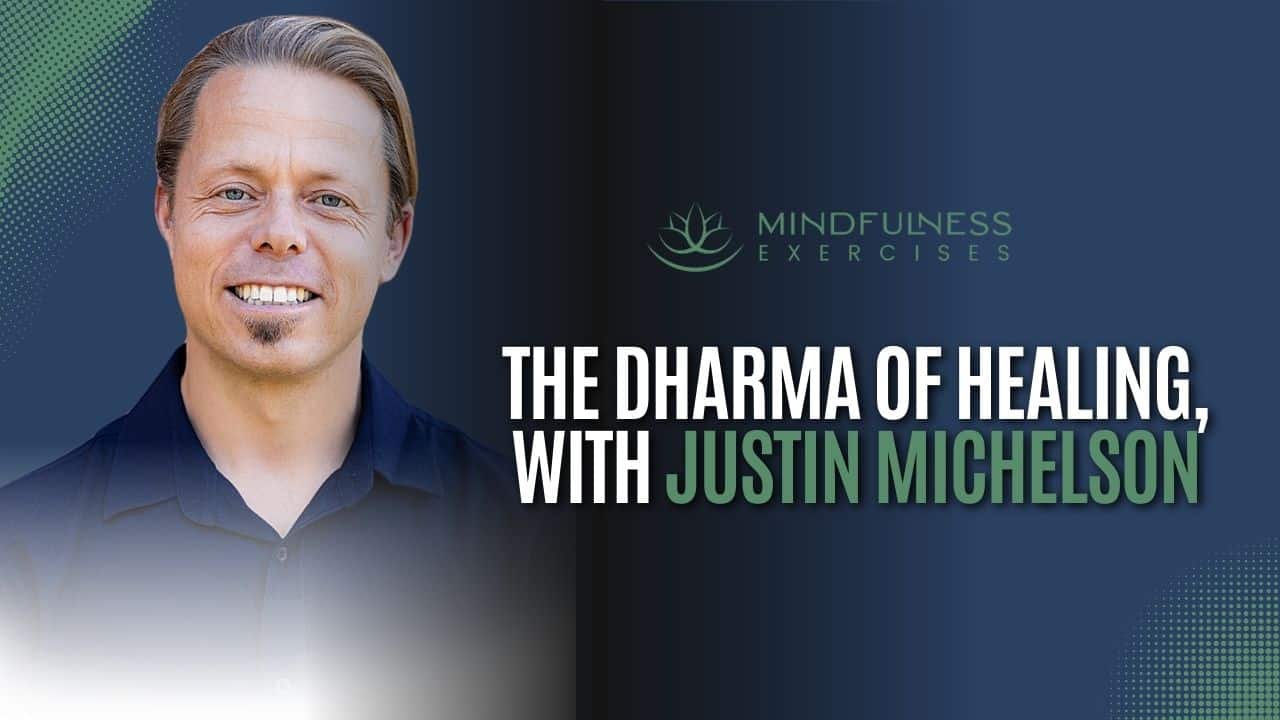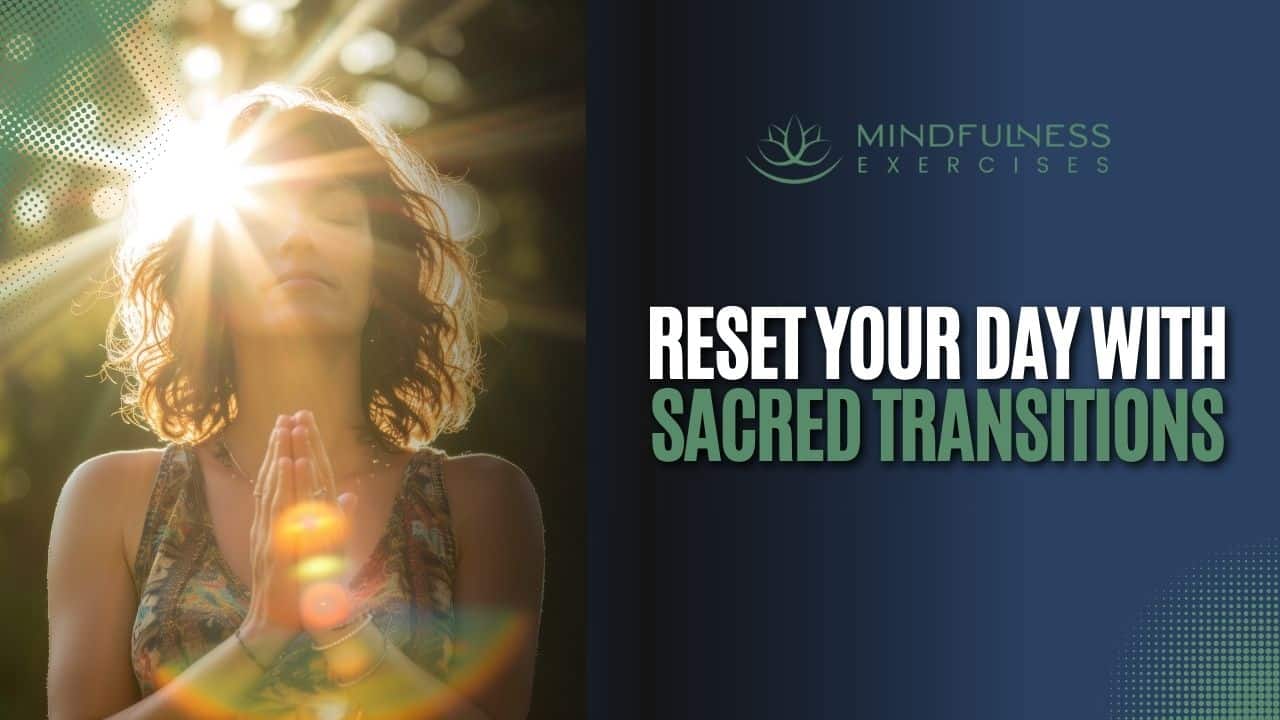Listen now

Are you able to offer yourself loving-kindness in the midst of your moments of suffering? Sometimes, we find it far easier to extend compassion to others than to ourselves. But all beings everywhere are worthy of this grace, including us.
In this episode, Sean Fargo helps us better understand self-compassion - what it is, and also, what it is not. Sean explains that self-compassion is not an all-or-nothing endeavor, and offers advice on how we might begin to ease into this feeling of self-love.
Sponsored by our Mindfulness Meditation Teacher Certification Program
MindfulnessExercises.com/Certify
What You’ll Learn in This Episode:
Show Notes:
Common myths about self-compassion
Compassion and loving-kindness are often lumped together, but unlike loving-kindness, compassion can only exist when suffering is present. It is the act of extending loving-kindness in the hopes of easing one’s suffering. Self-compassion, however, is not self-pity or self-esteem. It’s simply acknowledging when we’re hurting, and wishing ourselves well.
“Compassion is love in the midst of suffering. And so, with self-compassion, it’s love in the midst of our own suffering. And that could be emotional anguish, it could be suffering around a physical pain, stress, anxiety, depression, craving, an addiction, trauma, grief, fear. So, there’s some level of suffering internally that we’re bringing care to.”
How self-compassion differs from self-care
Self-care is a buzzword that many people confuse with self-compassion. Going to the gym, eating more vegetables, or even setting boundaries are all healthy things to do. But self-compassion is linked to an internal feeling from the heart. It’s about relating to ourselves with care.
“Really what we’re getting at is less of the external and more of the internal. How are we relating to ourselves? Is there an actual feeling of care? Because we can go to the gym with a sense of fear that I’m not going to be good enough, or desire to be better than others. You know, we can go to the gym with this feeling of not really caring for how we actually are.”
Self-compassion is not an all or nothing practice
It’s easy to forget that there are layers to self-compassion. We can easily get overwhelmed by thinking it requires us to be fully self-accepting and unconditionally self-loving, right here and now. Instead, we can cultivate self-compassion in baby steps by offering ourselves just a little more warmth, care and support than we typically do.
“And we can titrate between the lightness and, let’s say, the heavy, or the superficial and the deep. Without judgment, just kind of finding whatever dance move feels appropriate. If we have space to go deeper and say, examine it, or feel it with a lot of focus, zero in on the physical sensations and the mental associations or beliefs or history, there’s a place for that. And, we don’t always have to do that.”
Self-compassion as an intermittent practice
Mindfulness is a practice we can do in each and every moment. Self-compassion, on the other hand, is care in the midst of suffering. Some Buddhist practitioners might say we’re always suffering (as in forgetting the nature of impermanence or interdependence), meaning we could practice all the time. Yet generally, self-compassion is something we practice intermittently.
“There’s no judgment that we should always be self-compassionate, because that would mean that we might have to artificially create suffering. So we don’t have to necessarily conjure up something. We can, in order to practice with it, but it’s more like intermittent practice. And so oscillating between joy and self-compassion and all the other emotions.”
Mindfulness as a form of self-compassion
Self-compassion doesn’t need to be lovey dovey, glitter and rainbows. Self-compassion can be as simple as letting ourselves be mindful and present in this moment, without reacting to it. We may not like this moment, but acknowledging what is here and offering it our gentle, kind awareness is akin to practicing self-compassion.
“In many ways mindfulness of our suffering is self-compassion. Because we’re offering ourselves this non-judgmental, gentle awareness, some may say loving awareness, of how it feels. [...] And we don’t have to use the word suffering, we can use stress or dis-ease or some other synonym - discomfort.”
Where to begin if we’re having a hard time with self-compassion
Many of us have a hard time with self-compassion, even when working with imagined scenarios. If this is the case, the suggestion is to practice with the most mild forms of suffering first. When experiencing mild discomfort, we can do our best to tend to ourselves as an acquaintance or as a friend, if not yet as a very close loved one.
“I encourage us to consider forms of suffering that are on the mild to medium side of things to practice with. Unless you have a lot of practice with self-compassion in which case we can move into heavier, more intense forms of suffering.”
Self-compassion doesn’t need to start with the self
Beginning with mild forms of pain is just one way we can ease into a self-compassion practice. In addition, we might foster familiarity with the sensation of care by working with an object other than the self. We can begin with a basic loving-kindness for others, a practice Sean describes in depth in a previous episode. We can also sense into what it feels like to be cared for by another.
“Can we reflect on a person or an animal who cares for us? Who loves us? Maybe it’s a pet, maybe it’s someone who’s no longer around, maybe it’s someone who is around, or maybe it’s a spiritual figure, maybe it’s god, maybe it’s the Dalai Lama, just imagining him looking at you. But reflecting on someone or something that really cares about you. [...] And can you be with that and open to that sense of care, let that in bit by bit.”
Additional Resources:

About Sean Fargo:
Sean Fargo is a former Buddhist monk and the founder of Mindfulness Exercises. The online platform, which has shared free and premium mindfulness resources with over 3 million people worldwide, has now certified over 500 Mindfulness Teachers.
Sean is the lead instructor for the teacher training program, a unique self-paced approach which invites world-renowned mindfulness teachers to share their insights and experiences. Sean has taught mindfulness and meditation for corporations including Facebook, Google and Tesla and for health and government organizations, prisons and hospitals around the world.



